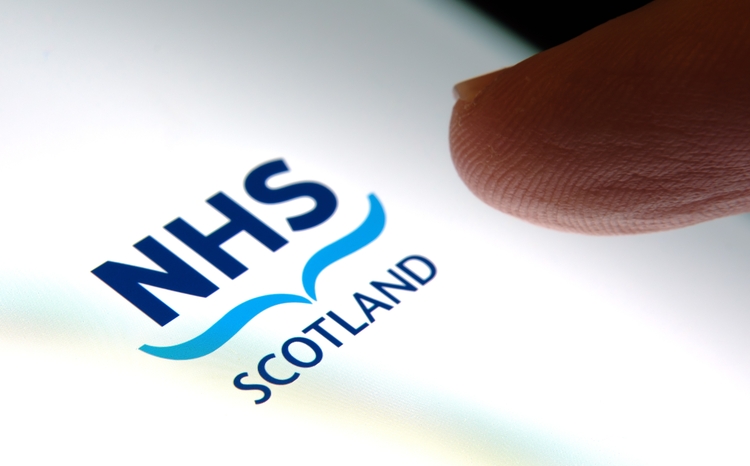Telemedicine the future of care in Scotland, says report
- 7 June 2005
A report into the future of the health service in Scotland has praised the use of telemedicine in the country, saying that future development in the sector should be a "vital component" of NHS Scotland’s IT strategy.
The Kerr report, developed by a team led by Professor David Kerr, aims to set out how NHS Scotland should evolve over the next few decades, and says that telemedicine should be used to overcome distances and difficulty of access to experts.
One successful telemedicine project in Scotland cited by the report is the Grampian Telemedicine Initiative, which links Aberdeen Royal Infirmary to 14 A&E departments across the Grampian area. The systems were first used to initially assess patients over a videolink as to whether they needed transferring to Aberdeen for treatment or could be treated at local centres.
Far from remaining static, however, the Grampian Telemedicine initiative is in the process of expanding; for instance, it is used for teleconferencing. Additionally, paramedics in the community carrying out thrombolysis (using drugs to break down blood clots) can also use the system for clinical support, accessing experts in Aberdeen, with the result that delivery targets are being met with room to spare.
"Scotland with 20% of its population living in remote and rural areas and with its surrounding islands is ripe for re-design of healthcare delivery facilitated by technological solutions," the report says.
However, the researchers have also echoed the concerns of the Scottish Telemedicine Action Forum, saying that many pilots are not being converted into "routine service" and that work processes are not being redesigned around the technology.
Another problem has been "a reluctance to embrace the potential for such projects to be used across traditional boundaries within the NHS such as primary to secondary care and across regions."
Telemedicine is primarily useful for breaking down problems with distance, argues the report. It can also mitigate any lack of availability of skilled staff due to specialty or time of day, and also reduce travel costs.
It need not even be as sophisticated as video-conferencing; use of the telephone and e-mail can also be effective tools in getting care where it is needed.
"Our work on unscheduled care identified the Aberdeen programme as an example of good practice for how we will deliver unscheduled care in the future," said the report. "The aim of the project was to establish a robust telecommunications infrastructure to be initially used to provide emergency care."
A spokesperson for the Scottish Executive told E-Health Insider that NHS Scotland’s IM&T strategy was supportive of the Kerr report.
The Kerr report also recommended electronic prescribing and remote patient monitoring as other vital parts of the future of NHS Scotland.



